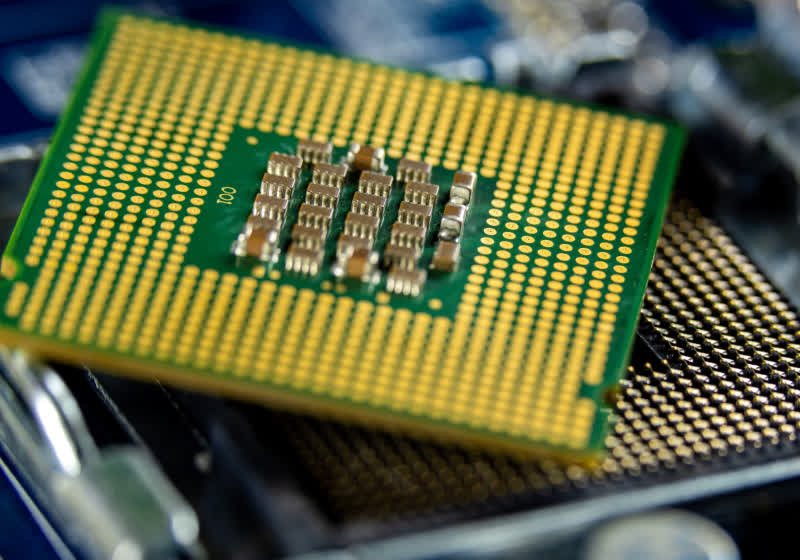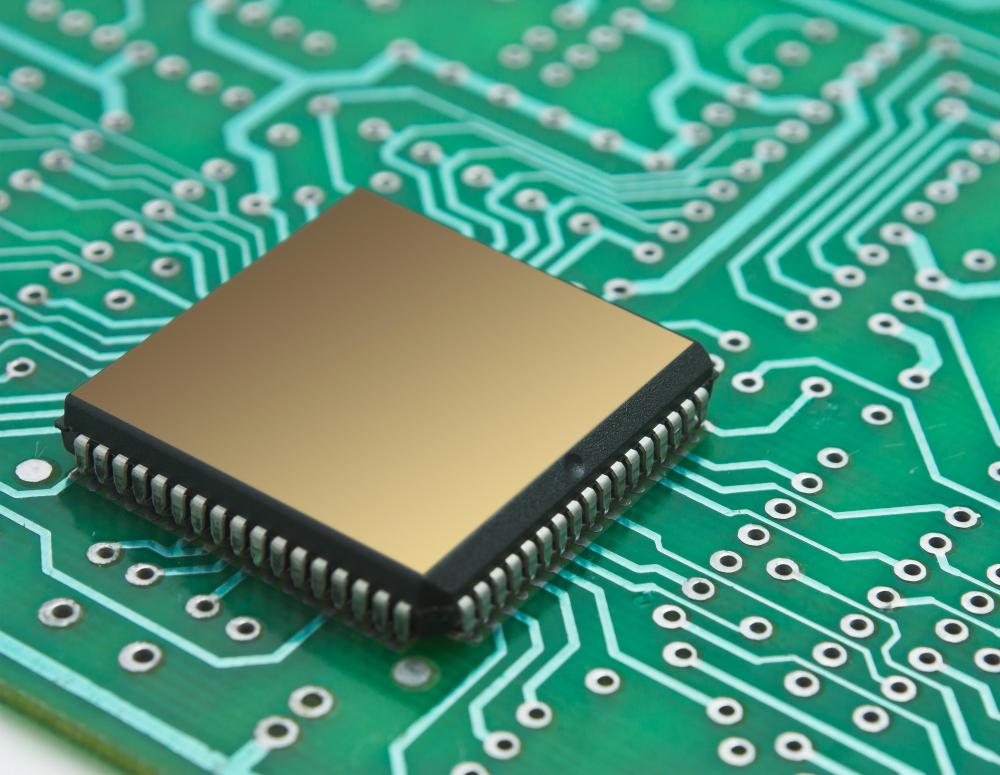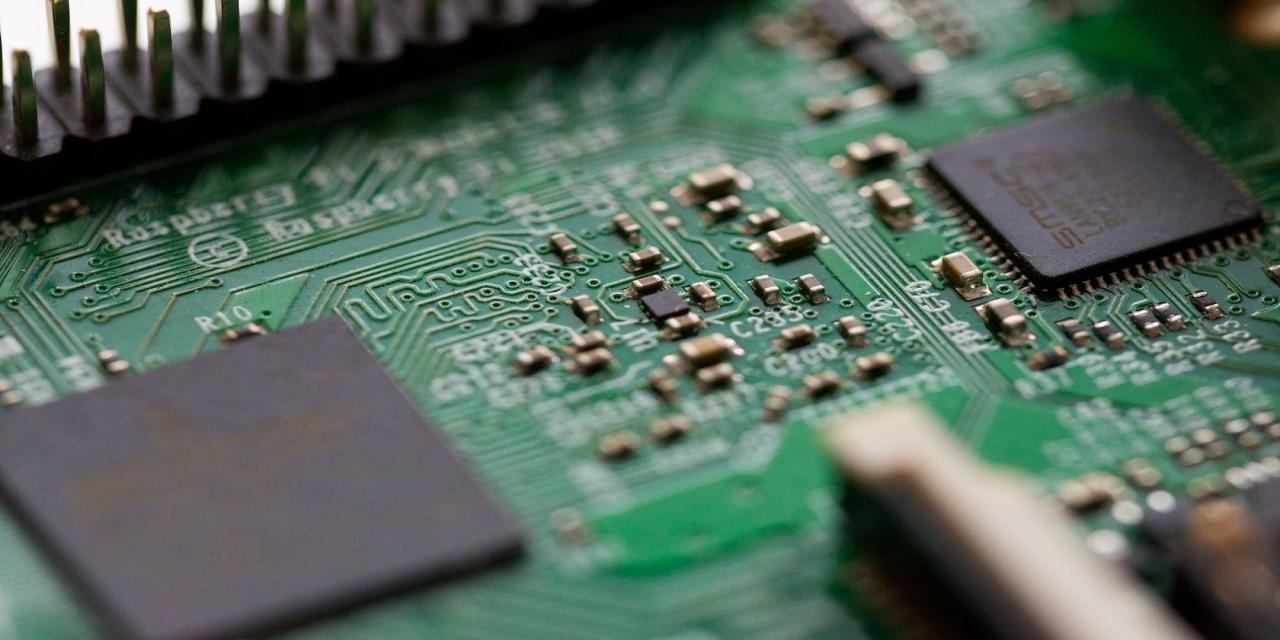Chip iPhone marks a pivotal evolution in mobile technology, transforming how we experience our devices. From the early days of simple processors to the advanced silicon powering today’s iPhones, the journey of chip development is filled with innovation and ambition. Understanding this trajectory not only highlights Apple’s engineering prowess but also sets the stage for future advancements that promise even greater capabilities.
In this exploration, we will delve into the various chip models used across iPhone generations, the manufacturing processes behind these technological marvels, and how they influence performance and battery life. Additionally, we will compare the latest chips and provide insights into what the future might hold for iPhone chip technology.
Chip Technology in iPhones

The advancement of chip technology in iPhones has been a cornerstone of Apple’s innovation, influencing everything from user experience to device longevity. Over the years, Apple has continually developed its chipsets to enhance performance, efficiency, and capabilities in mobile computing. This evolution reflects not just technological progress, but also Apple’s commitment to maintaining a competitive edge in the smartphone market.
The journey of chip technology in iPhones began with the introduction of the A4 chip in the iPhone 4, which marked Apple’s move away from third-party processors to an in-house design. Each subsequent generation has seen a notable increase in performance and efficiency. The A5 chip introduced dual-core processing, improving graphics and speed significantly over its predecessor. This trend continued with the A6 and A7 chips, which not only increased processing power but also marked Apple’s foray into 64-bit architecture, a first in the smartphone industry.
Differences Between Chip Models Used in iPhone Generations
The differences in chip models across various iPhone generations highlight Apple’s strategy of constant improvement in processor technology. Each new chip iteration is designed to cut processing time and enhance battery life. Below is a summary of key iPhone chip models and their respective advancements:
- A4 (iPhone 4): Single-core processor with 1 GHz speed; introduced the concept of integrated graphics, setting the foundation for future chips.
- A6 (iPhone 5): Dual-core processor with a significant boost in performance and efficiency; power draw was reduced thanks to a smaller fabrication process.
- A7 (iPhone 5s): The first 64-bit chip in a smartphone, providing not just speed but also improved memory access, paving the way for more sophisticated apps.
- A10 Fusion (iPhone 7): Introduced a quad-core architecture with two high-performance cores and two high-efficiency cores, optimizing battery life during various tasks.
- A14 Bionic (iPhone 12): Built on a 5 nm process technology, delivering substantial performance improvements while maximizing power efficiency and enabling advanced machine learning capabilities.
- A15 Bionic (iPhone 13): Enhanced GPU performance by 30% over the A14, providing a smoother gaming experience and handling complex graphics tasks more effectively.
- A16 Bionic (iPhone 14 Pro): Further increases in speed, graphical capabilities, and energy efficiency, showcasing Apple’s continuous dedication to pushing the envelope in mobile technology.
The evolution of these chipsets significantly impacts battery life and overall performance. With each generation, Apple has optimized both the architecture and the manufacturing process, leading to chips that not only perform better but do so using less energy. This capability directly translates to longer battery life, allowing users to engage with their devices for extended periods without frequent charging.
“The integration of advanced chip technology in iPhones enhances user experiences, making devices faster, more efficient, and capable of handling complex tasks with ease.”
Manufacturing Process of iPhone Chips
The manufacturing process of iPhone chips is an intricate and highly sophisticated operation that combines advanced technology, precise engineering, and high-quality materials. Each chip is designed to optimize performance, efficiency, and power consumption, ensuring that the iPhone operates smoothly and effectively. Understanding this process reveals the complexity behind the technology that powers Apple’s iconic devices.
The manufacturing process of iPhone chips involves several key steps, each critical to producing high-performance semiconductor components. These steps include design, wafer fabrication, assembly, and testing.
Design and Engineering
The process begins with the design and engineering of the chip, where engineers utilize advanced software tools to create intricate circuit layouts. This phase includes:
- Specification of chip features, such as processing speed and power efficiency.
- Simulation of chip performance under various conditions to ensure reliability.
- Collaboration with design teams to integrate the chip’s function with the overall iPhone architecture.
Wafer Fabrication
Once the design is finalized, the chip enters the wafer fabrication stage. This is where silicon wafers are transformed into functional microchips. The steps involved in wafer fabrication are:
- Photolithography, where light is used to transfer the chip design onto a silicon wafer.
- Etching, which removes excess material to create the circuit pathways.
- Doping, the process of introducing impurities into the silicon to change its electrical properties.
- Deposition, where various materials are added to build the chip layers.
Materials Used
The materials utilized in the production of iPhone chips are crucial to their performance. Common materials include:
- Silicon, the foundational element of semiconductor manufacturing.
- Gallium arsenide, used for high-speed applications and efficient power management.
- High-k dielectrics, which help reduce power consumption in transistors.
These materials are selected for their electrical properties, durability, and compatibility with manufacturing processes.
Assembly and Packaging
After wafer fabrication, the chips undergo assembly and packaging. This phase is essential for protecting the chips and ensuring they can be connected to other components in the iPhone. The assembly process consists of:
- Die singulation, where individual chips are cut from the wafer.
- Mounting of the chips onto a substrate.
- Encapsulation to protect the chip from environmental factors.
Testing and Quality Assurance
The final step in the manufacturing process is rigorous testing and quality assurance. Each chip undergoes various tests to ensure functionality and reliability before it is integrated into the iPhone. This testing includes:
- Electrical tests to check for proper signal integrity and performance.
- Stress tests to evaluate how the chip performs under extreme conditions.
- Final inspection for physical defects and packaging quality.
Key Manufacturers and Partners
Several key manufacturers and partners play a crucial role in the production of iPhone chips. Notable contributors include:
- Apple, which designs the A-series chips in-house to meet specific performance requirements.
- TSMC (Taiwan Semiconductor Manufacturing Company), responsible for fabricating the chips using cutting-edge technology.
- Samsung, which provides memory components essential for the chip’s functionality.
- GlobalFoundries, which also contributes to the manufacturing process for certain chip models.
Through collaboration and advanced manufacturing processes, Apple can produce chips that not only power iPhones efficiently but also enhance user experience through speed and performance.
Performance Comparison of iPhone Chips

The evolution of iPhone chips has been a cornerstone of Apple’s innovation, significantly impacting device performance and user experience. Each new iteration tends to bring advancements that enhance speed, efficiency, and capabilities, particularly in areas like gaming and multitasking. Understanding how the latest chip compares to its predecessor is crucial for consumers and tech enthusiasts alike.
The performance of iPhone chips not only involves raw processing power but also translates into practical applications for users. The latest chip, for instance, can dramatically improve gaming experiences and multitasking capabilities compared to older models. Advanced architecture, increased core counts, and enhanced GPU performance are pivotal in these improvements, allowing for seamless transitions between demanding applications and high-quality graphics in games.
Comparison of Latest Chip with Predecessor
The latest iPhone chip showcases significant advancements over its predecessor in several key areas. Here is a summary of the benchmark scores and how they reflect the chips’ performance capabilities:
| iPhone Chip Model | Single-Core Score | Multi-Core Score | GPU Performance |
|---|---|---|---|
| A15 Bionic | 1,600 | 4,600 | 14 GPU Cores |
| A16 Bionic | 1,800 | 5,000 | 16 GPU Cores |
| A17 Pro | 2,000 | 5,500 | 18 GPU Cores |
The benchmarks indicate that the A17 Pro chip significantly outperforms the A15 Bionic and A16 Bionic chips, with an increase of approximately 25% in single-core performance and around 20% in multi-core performance. This leap not only enhances everyday tasks but also allows for more complex applications to run simultaneously without lag, ensuring a fluid user experience.
Performance improvements are particularly striking in gaming scenarios. The A17 Pro chip, with its advanced GPU architecture, can handle high-resolution graphics with ease, providing gamers smoother frame rates and enhanced visual fidelity. For instance, games that utilize heavy graphics rendering benefit from this chip’s capabilities, delivering a near-console experience on mobile devices.
“The A17 Pro’s architecture allows graphics to be rendered at unprecedented speeds, ensuring that even the most demanding games run effortlessly on the iPhone.”
In multitasking scenarios, the improved core efficiency allows for smoother operation between apps. Users can switch between high-demand applications—such as video editing tools and productivity apps—without experiencing the delays that were common in previous iterations. This leap in performance not only reflects on gaming but enhances overall productivity, making the iPhone an essential tool for both work and play.
Future Trends in iPhone Chip Development
The landscape of smartphone technology is continuously evolving, and the development of iPhone chips is no exception. As Apple pushes the boundaries of performance, efficiency, and capabilities, the next generation of iPhone chips is expected to integrate numerous advancements that can redefine user experience. The focus on artificial intelligence, augmented reality, and energy efficiency will shape the architecture and functionality of future chips, promising to enhance iPhone features dramatically.
One of the most exciting aspects of upcoming iPhone chip technology lies in the potential advancements that are on the horizon. With the increasing reliance on artificial intelligence, machine learning capabilities are set to become more sophisticated. The integration of dedicated AI cores within the chips will allow for faster processing of complex tasks, improving everything from photography to app performance. Furthermore, advancements in semiconductor materials, such as the use of gallium nitride (GaN), could lead to smaller and more efficient chips, enhancing battery life and thermal performance.
Anticipated Features of Next-Generation iPhone Chips, Chip iphone
Consumers have high expectations for the features of the next-generation iPhone chips. As technology enthusiasts look forward to future releases, several key enhancements are anticipated, all aimed at improving overall functionality and user experience.
- Enhanced AI Processing: With a focus on machine learning, future chips are expected to include more powerful neural engines that can handle complex computational tasks efficiently, enhancing features like camera capabilities and voice recognition.
- 5G and Beyond: The integration of advanced 5G technology will be crucial, as future iPhone chips are likely to support higher speeds and lower latencies, which will improve streaming and online gaming experiences.
- Improved Energy Efficiency: New developments in chip fabrication, such as smaller node sizes (e.g., 3nm technology), will enable chips to consume less power while delivering increased performance, thereby extending battery life.
- Augmented Reality (AR) Features: With Apple’s growing emphasis on AR applications, future chips may include dedicated processing units for AR, enhancing immersive experiences in gaming and applications.
- Security Enhancements: Future iPhone chips will likely incorporate advanced security features, possibly including more sophisticated hardware encryption technologies to protect user data effectively.
The integration of these features will significantly influence how users interact with their iPhones, providing a more seamless and powerful experience, thus setting a new standard for mobile technology.
Commonly Asked Questions: Chip Iphone
What is the latest chip in the iPhone?
The latest chip in the iPhone is the A17 Bionic chip, known for its advanced performance and energy efficiency.
How often does Apple release new iPhone chips?
Apple typically releases new iPhone chips annually alongside new iPhone models.
Do iPhone chips affect gaming performance?
Yes, iPhone chips significantly improve gaming performance by providing better graphics processing and faster processing speeds.
What materials are used to manufacture iPhone chips?
iPhone chips are primarily made using silicon and various metals, including copper and aluminum, for their intricate designs.
Are iPhone chips compatible with older models?
No, newer iPhone chips are designed specifically for the latest models and are not backward compatible with older versions.
The Samsung Galaxy Note 7 made a significant impact upon its release, showcasing advanced features and a sleek design. However, its introduction was marred by safety concerns, leading to a global recall. This incident highlighted the importance of rigorous quality control in smartphone manufacturing, affecting consumer trust and brand reputation in the long run.
As technology evolves, the latest promotion iPhone offers exciting opportunities for consumers to upgrade their devices. With attractive deals and financing options, Apple continues to captivate its audience, making their premium smartphones more accessible. This strategy not only boosts sales but also solidifies Apple’s position in the highly competitive smartphone market.

